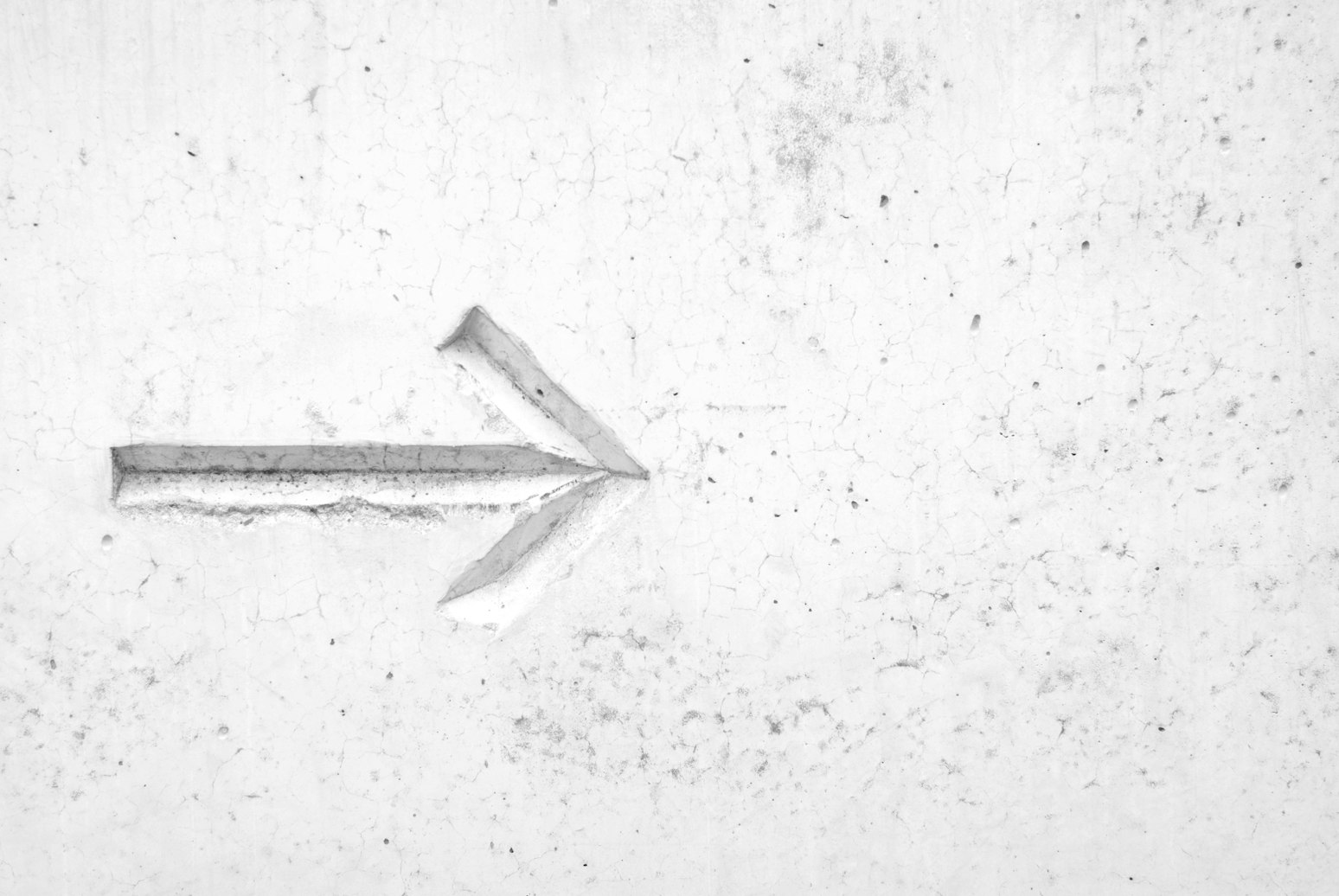
Biomechanics Research
Our Biomechanics Research Division researches how gymnastics affects the human body as well as the biomechanics of different gymnastics skills.
Physics
The Math Behind – Physics of a Skill
Take a look at the math behind our Physics of a Skill videos. Haven’t seen the videos? Check out our Instagram or YouTube!
Updated Monthly.
Discover
Current Research Projects
Ground Reaction Forces in the Upper Limb in Gymnasts during Floor Skill Progressions
Our bones grow and strengthen in the direction of principal stress [1]. Our body adapts to the training we do. Are we, as coaches, adequately preparing our gymnasts for the next level of skill? We propose examining the question: how do the ground reaction forces experienced through the upper limbs of a gymnast change throughout the normal progression of floor gymnastics skills?
We will ask gymnasts of varying gymnastic ability to perform as many skills on the following list that they are safely capable of doing and examine the ground reaction force from a force plate. Is there a large jump up in the forces experienced by the arms when moving on to a new, harder skill? Do the forces gradually increase?
Answers to these questions can equip coaches with more knowledge to care for their gymnasts. These results could show the benefits of drills and taking it slow. These results could also show where current gaps are.
Previous research has examined only a small subset of floor skills, focusing mainly on the ground reaction forces experienced on the upper limb in the front and back handsprings and round offs. These research studies have also only included high level gymnasts and used a small sample size. We propose collecting and examining data from at least 100 gymnasts over the age of five years old on the following list of skills:
| (1) Forwards Roll (2) Donkey Kick (3) Handstand (4) Cartwheel (5) Handstand Forward Roll (6) Backbend (7) One-Handed Cartwheel (8) Back Walkover | (9) Front Walkover (10) Round-Off (11) Back Handspring (12) Back Handspring-Step Out (13) Front Handspring (14) Front Handspring-Step Out (15) Round-Off Back Handspring |
[1] L. D. Bartel, T. D. Davy and M. T. Keaveny, Orthopaedic Biomechanics: Mechanics and Design in Musculoskeletal Systems, Upper Saddle River: Pearson Education, Inc., 2006.
Experienced vs Beginner Gymnasts: A Comparison of Ground Reaction Forces in the Upper Limb in Gymnasts during Different Floor Skills
We will examine the ground reaction force curves from beginner and experienced gymnasts to see how mastering a certain skill technique changes how the upper limb interacts with the ground. We will begin by looking at the following four skills: a handstand, a cartwheel, a back walkover/backbend, and a back handspring.
Do beginner gymnasts experience the same percentage of body weight force on their arms as experienced gymnasts in throughout these skills? Or is it higher or lower? Is the loading rate of beginner gymnasts similar, faster, or slower to those of an experienced gymnast? This research could help coaches understand how a gymnast’s interaction with the ground changes as they master a skill.
Biomechanics research
Publications
Rood, Samantha. “THE YURCHENKO DOUBLE PIKE VERSUS THE YURCHENKO DOUBLE TWIST: A THEORETICAL COMPARISON OF LANDING DECELERATIONS.” Science of Gymnastics Journal 17.1 (2025): 5-15.
Coach’s Summaries
Current academic research performed by other researchers, summarized in an easy-to-read format by our GRI researchers:
New Coach’s Summaries are added monthly.
Want to be a part of the research?
We are always looking to partner with new gymnastics gyms to conduct research.
